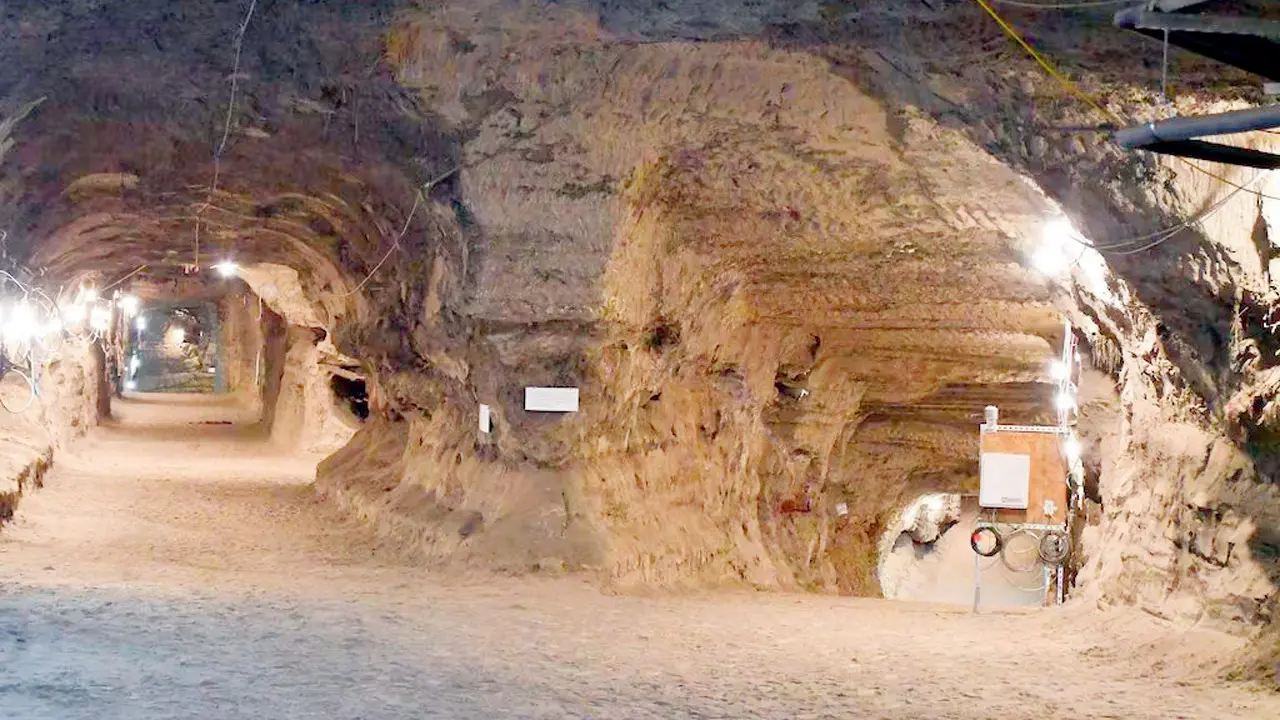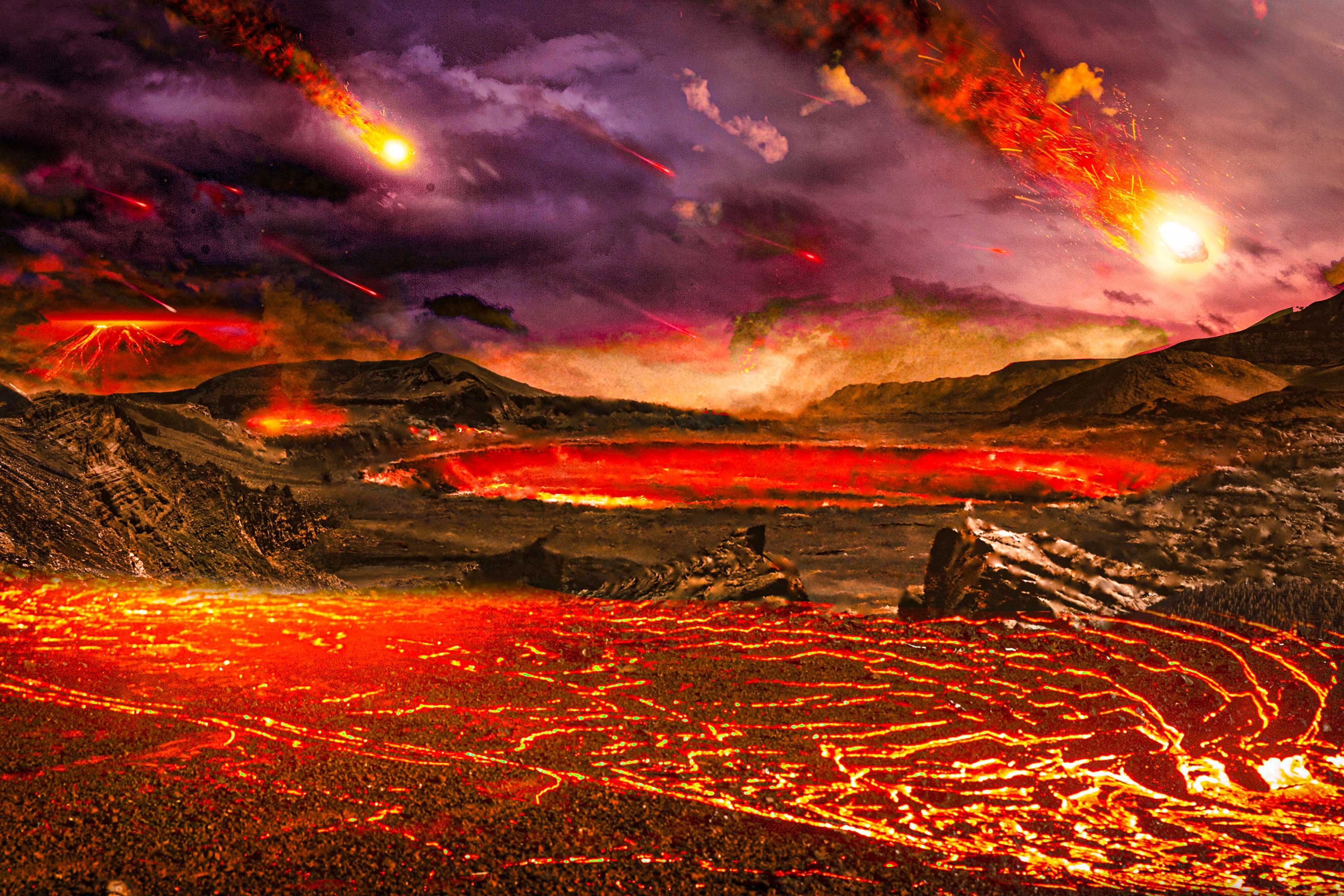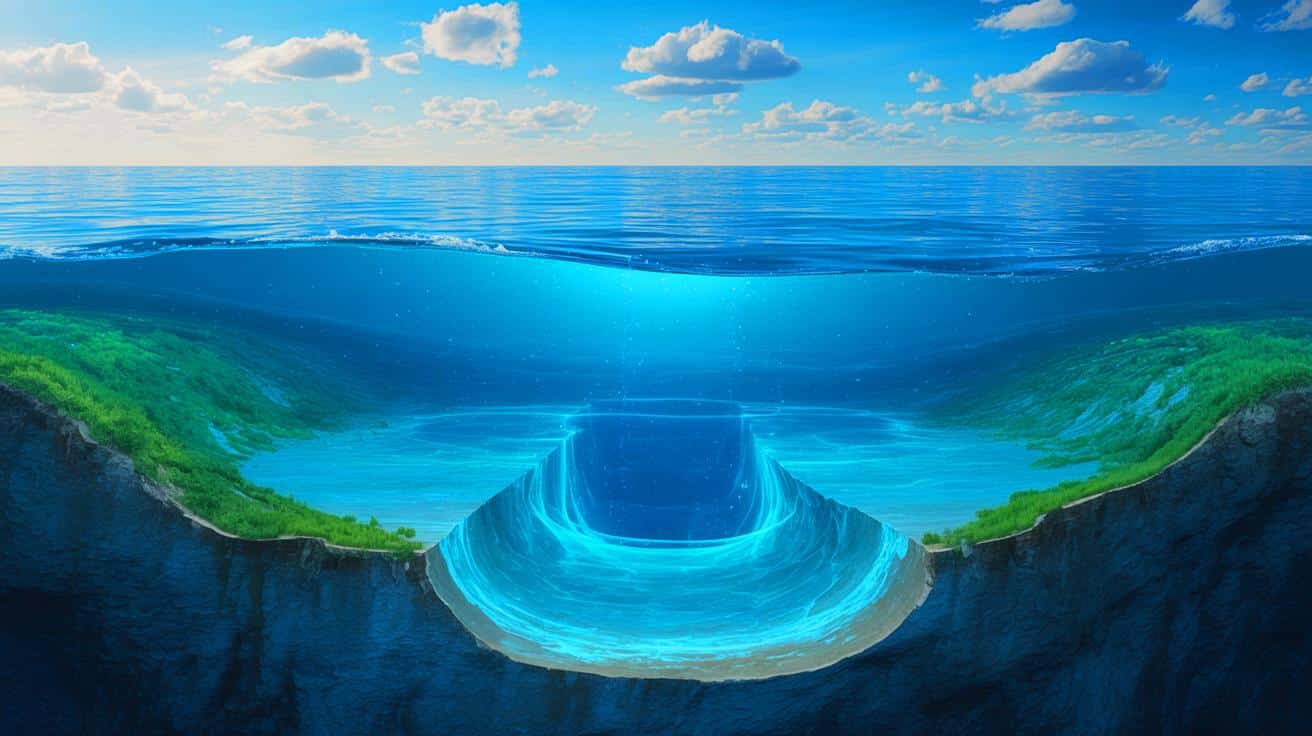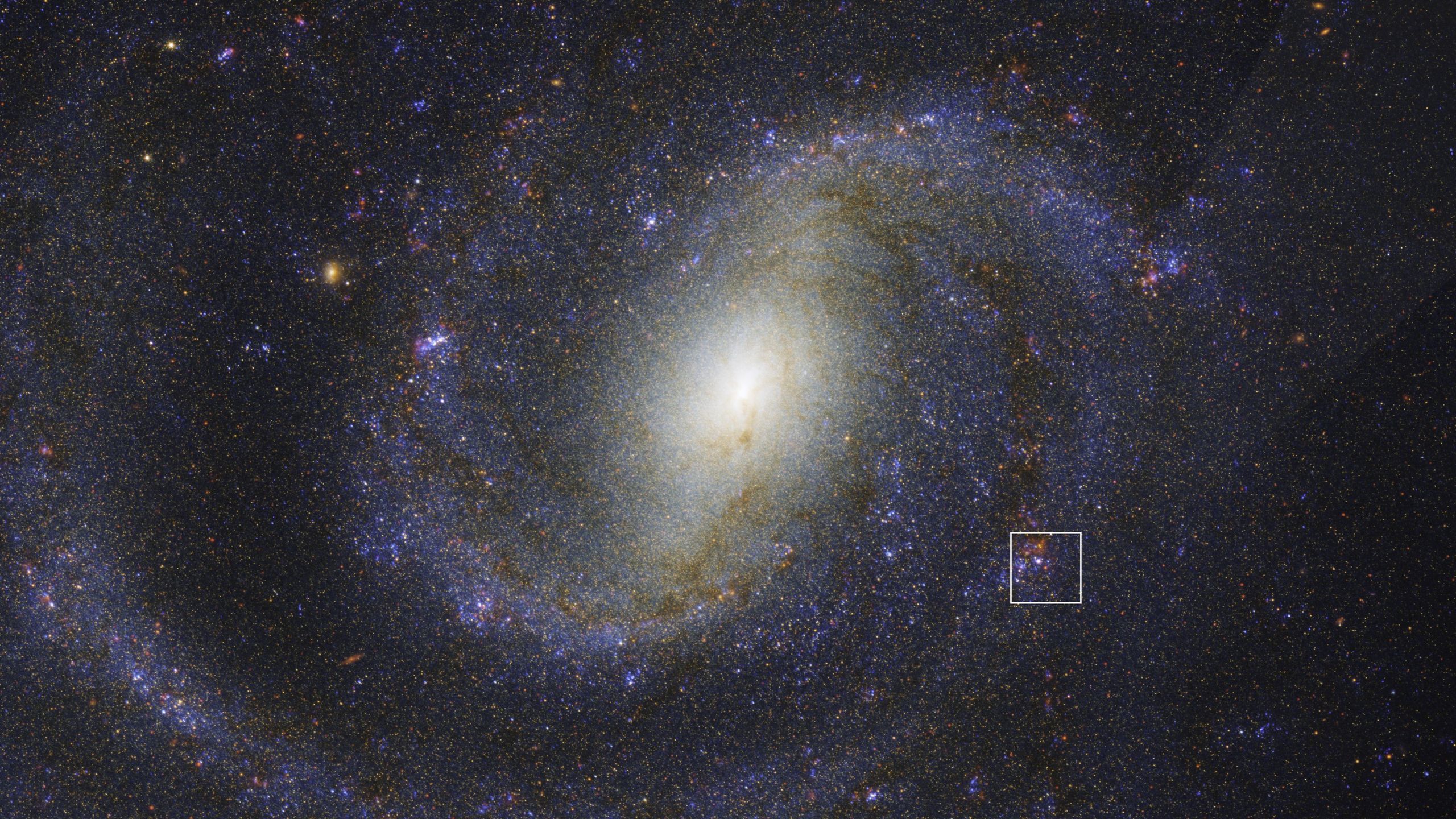Unbelievable: 40,000-Year-Old Microbes Brought Back to Life in Alaskan Permafrost!

Imagine awakening ancient life that's been frozen in time for millennia! Researchers have accomplished just that, reviving microbes trapped in Alaskan permafrost for a staggering 40,000 years. This isn't just a sci-fi fantasy; it's a groundbreaking scientific achievement that offers a glimpse into our planet's distant past.
The remarkable journey began in a military permafrost tunnel dug deep by the US Army Corps of Engineers, reaching over 100 meters underground. Here, in a facility dedicated to studying frozen soils, scientists collected samples that had been preserved in ice longer than modern civilization has existed. Talk about time travel!
Back in their lab, the team set out to bring these cryptic organisms back to life. They incubated the microbes at temperatures mimicking a cool Alaskan summer—3.8°C to 12.2°C. Initially, the microbes were sluggish, replicating at a glacial pace of only one new cell for every 100,000. For context, most microbes we study in labs can double their populations in mere hours. But as the weeks turned into months, something incredible happened. After six long months, these ancient microbes kicked into high gear, seemingly roused from their icy slumber.
This revival not only sheds light on the resilience of life but also serves as a vital window into how ancient ecosystems functioned and adapted to changing climates. These findings could have profound implications for our understanding of climate change today. As we grapple with our own warming planet, studying these ancient microbes could provide insights into how life might endure and adapt in the future.
So, what does this mean for us? It’s a reminder of the intricate connections between life and climate, urging us to consider how our current actions impact the planet's future. This isn’t just an experiment in microbiology; it’s a call to engage with our planet's history and its future survival.


















